Cooperative Learning Strategies for Group Activities
19 March 2025
In today's fast-paced world, effective teamwork is essential. Whether in classrooms, workplaces, or social settings, the ability to work well with others often determines success. One of the best ways to promote collaboration in educational settings is through cooperative learning strategies. These strategies are designed to help students work together, learn from each other, and build both academic and social skills.
But what exactly are cooperative learning strategies? How can they be implemented effectively? And why should educators prioritize them? Let’s dive into the world of cooperative learning and explore some of the best strategies for group activities.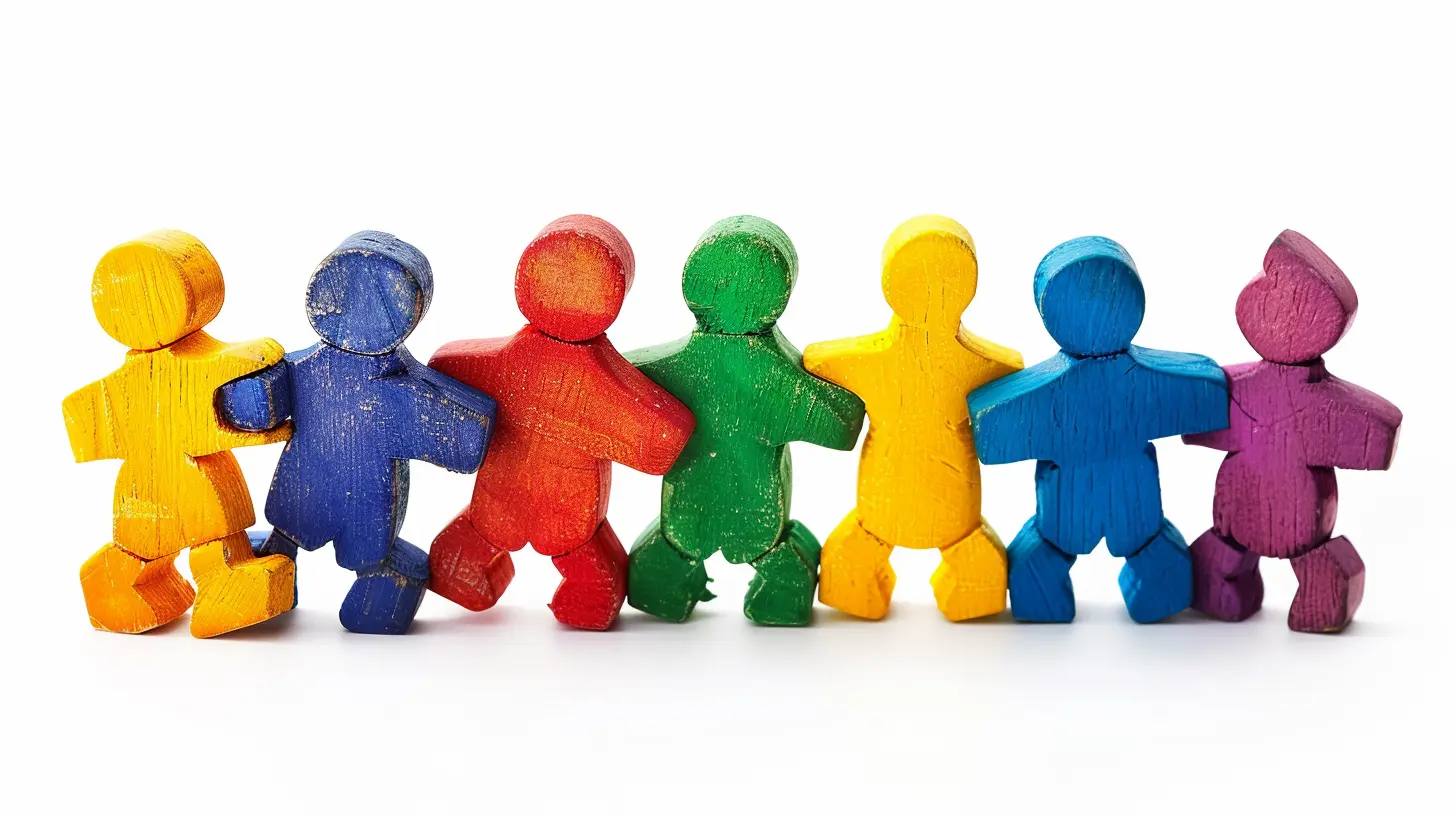
What is Cooperative Learning?
Before we jump into the strategies, it's important to understand the concept of cooperative learning. In simple terms, cooperative learning is a teaching approach where students work in small groups to accomplish shared goals. Unlike traditional group work, cooperative learning emphasizes positive interdependence, individual accountability, and face-to-face interaction.Think of it as a well-coordinated sports team. Each player has their role, and the success of the team depends on the contribution of every individual. Similarly, in cooperative learning, every student plays an active part, and the group’s success hinges on the collaboration of all members.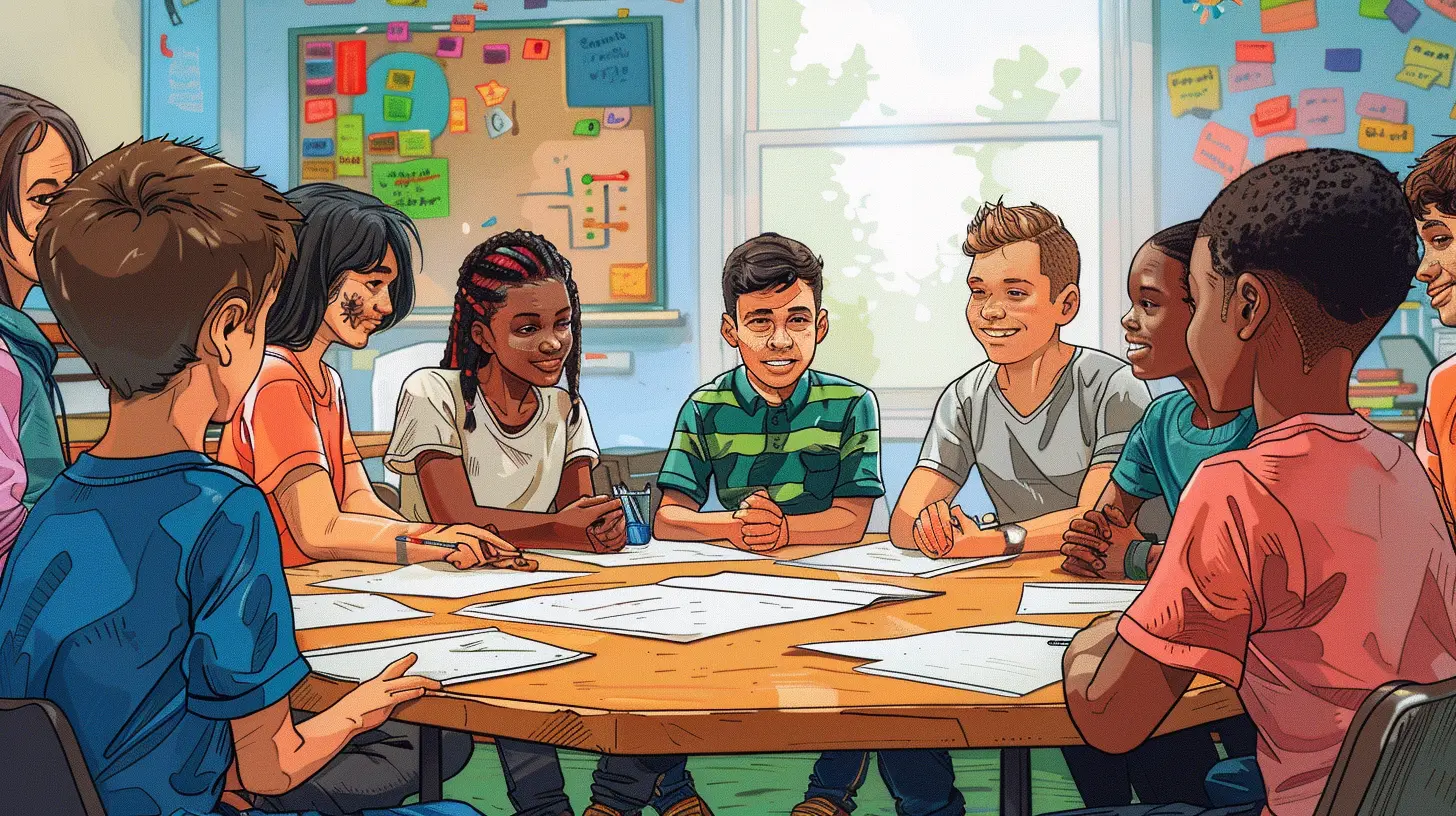
Why Use Cooperative Learning in Education?
You might be wondering, "Why should I implement cooperative learning strategies in my classroom?" Well, the benefits speak for themselves:- Promotes Deeper Learning: When students work together, they can explain concepts to each other, ask questions, and provide peer-to-peer feedback. This deepens their understanding beyond rote memorization.
- Builds Social Skills: Cooperative learning teaches students how to communicate effectively, resolve conflicts, and work with people of different perspectives.
- Encourages Engagement: Group activities often lead to lively discussions and active participation, making learning more enjoyable and engaging for students.
- Fosters a Sense of Responsibility: Students learn that their contribution matters, and their efforts can either help or hinder the group. This builds a sense of responsibility and accountability.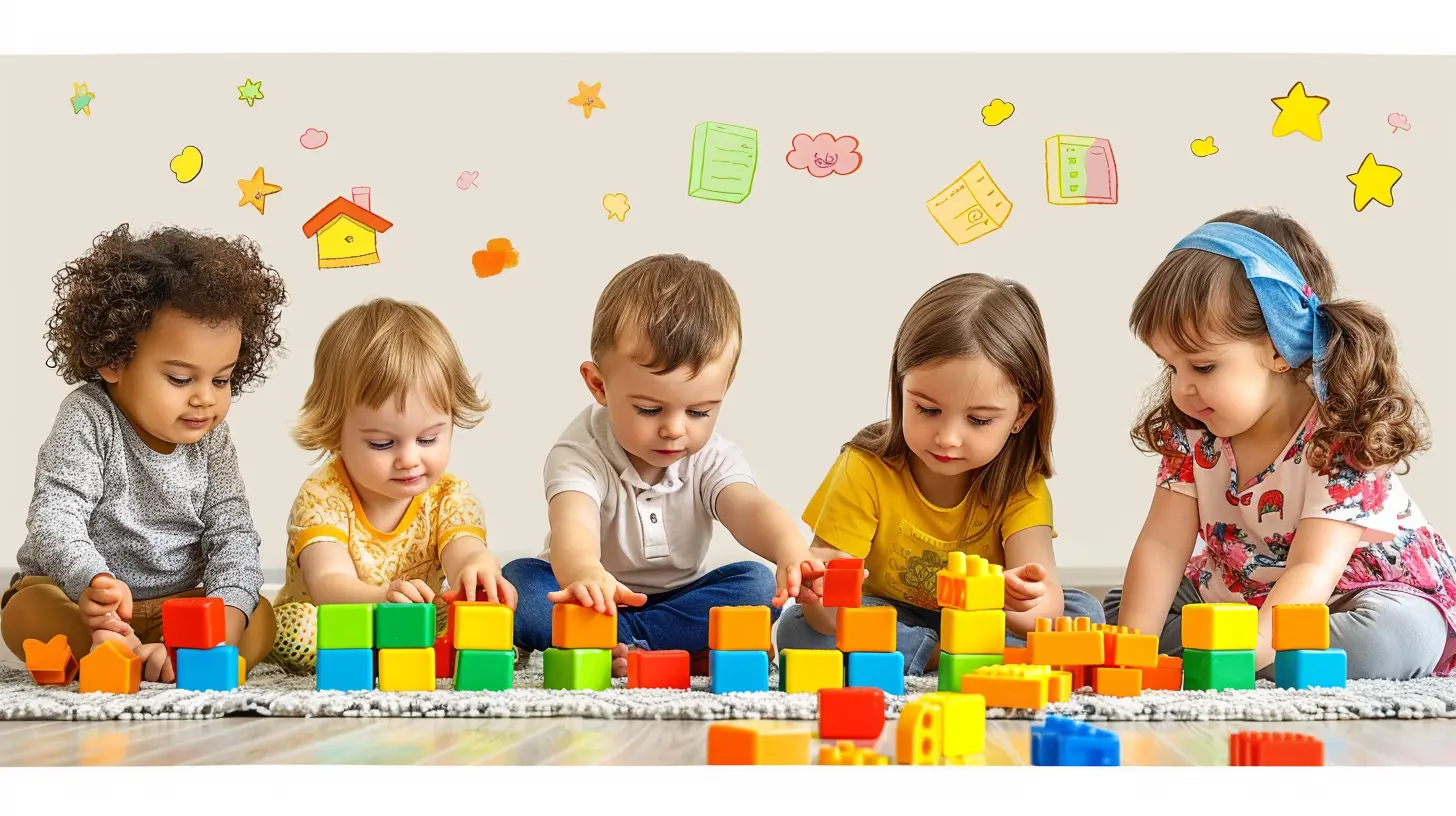
Key Components of Cooperative Learning
Before implementing any cooperative learning strategies, it’s essential to know the key components that make these activities effective.1. Positive Interdependence: Group members need to depend on one another to achieve the group's goal. Think of it like a puzzle; if one piece is missing, the picture won't be complete.
2. Individual Accountability: Each member is responsible for their own contribution. While the group works together, every individual must pull their weight.
3. Face-to-Face Interaction: Direct interaction fosters communication, collaboration, and immediate feedback, which are vital for learning.
4. Group Processing: Reflection is key. The group should take time to discuss what worked, what didn’t, and how they can improve.
5. Interpersonal Skills: These include communication, trust-building, decision-making, and conflict resolution. Without these skills, it’s hard for any group to function effectively.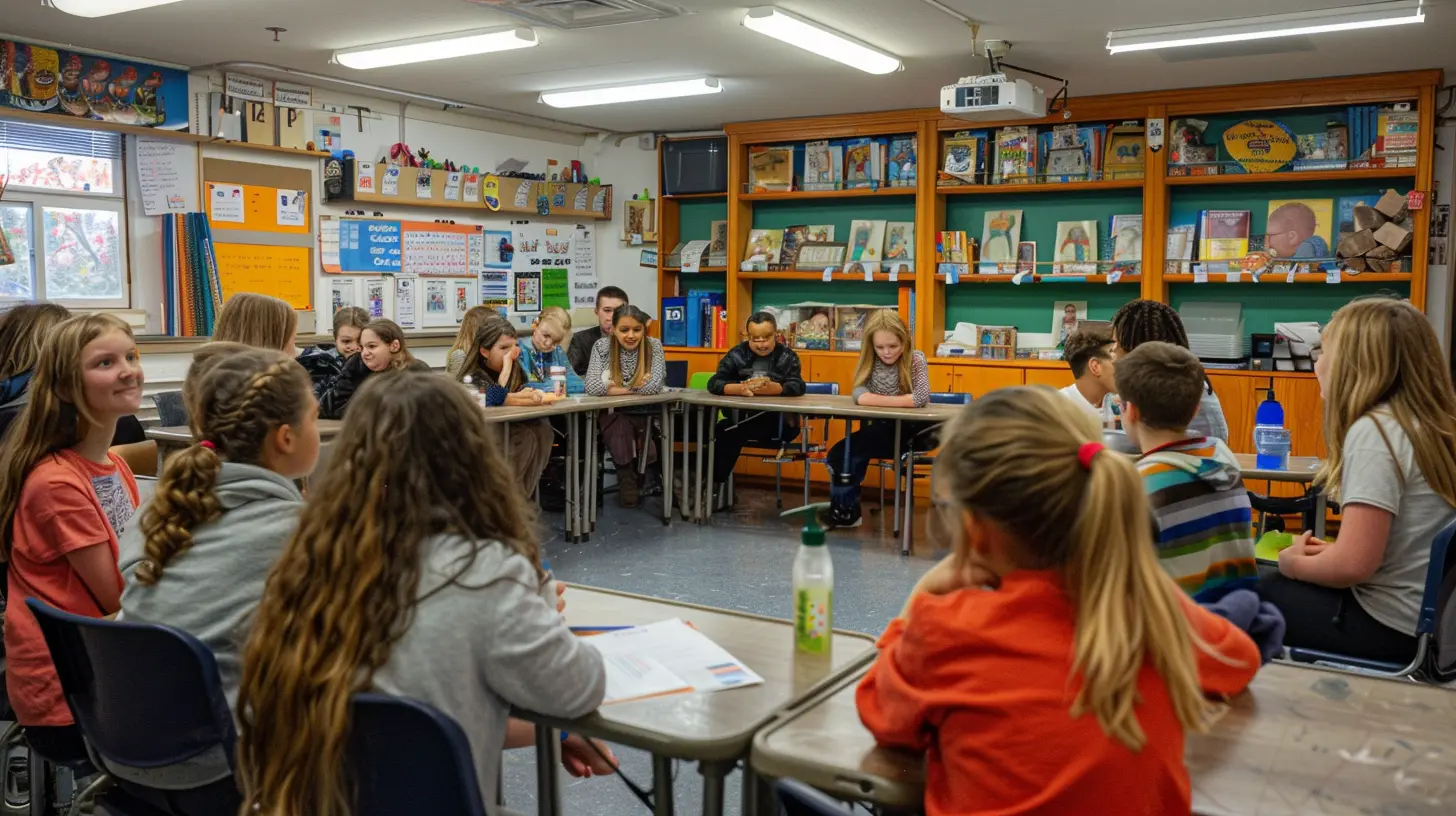
Effective Cooperative Learning Strategies for Group Activities
There’s no one-size-fits-all approach to cooperative learning. Different strategies work for different age groups, subjects, and classroom dynamics. However, the following are some tried-and-tested cooperative learning strategies that can be adapted to fit your needs.1. Jigsaw Method
The Jigsaw Method is one of the most popular cooperative learning strategies. Imagine you’re putting together pieces of a puzzle. Each student is responsible for understanding one piece of the material, and the group only succeeds when all pieces are put together.Here’s how it works:
- Divide the class into small "home" groups.
- Assign each member of the group a different section of the material to learn.
- Students then leave their "home" group to join "expert" groups, where they meet with others assigned the same section to discuss and master the material.
- After mastering their section, students return to their "home" group and teach their portion to the others.
This method encourages active participation, as students must both learn and teach.
2. Think-Pair-Share
Think-Pair-Share is an excellent way to promote individual thinking while fostering collaboration. It’s a simple, three-step process:1. Think: Pose a question or problem to the class. Give students a moment to think about it individually.
2. Pair: Have students pair up with a partner and discuss their thoughts.
3. Share: Finally, invite pairs to share their ideas with the class.
This strategy is great for encouraging quiet students to participate and ensuring everyone has time to reflect before jumping into discussion.
3. Three-Step Interview
The Three-Step Interview is perfect for developing communication and listening skills. It’s a structured way for students to interview one another about a particular topic.Steps:
1. Interview: One student interviews their partner about a given topic.
2. Switch Roles: After a set amount of time, they reverse roles, and the interviewer becomes the interviewee.
3. Share: Each pair then shares their partner’s responses with the larger group.
This method ensures that students practice active listening and summarizing skills while learning more about their peers' perspectives.
4. Round Robin Brainstorming
Round Robin Brainstorming encourages creativity and ensures that all voices are heard. It’s also an excellent way to generate a wide variety of ideas quickly.Here’s how it works:
1. Divide the class into small groups.
2. Give each group a question or problem to brainstorm.
3. Each student in the group takes turns sharing one idea.
4. Continue the process until everyone has had a chance to contribute.
This strategy can be particularly effective in subjects like creative writing or problem-solving, where diverse ideas are needed.
5. Numbered Heads Together
In Numbered Heads Together, students work in groups to solve a problem, and then one member from each group is randomly called upon to share the group's answer.Steps:
1. Divide students into small groups and assign numbers (1, 2, 3, etc.) to each member.
2. Pose a question or problem.
3. Students discuss the problem together and ensure everyone knows the answer.
4. Call out a random number, and the student with that number from each group must share the group’s answer.
This strategy ensures that all students are accountable and must understand the material, not just rely on their peers.
6. Gallery Walk
A Gallery Walk is like a museum tour but with student work as the exhibits.How it works:
- Divide the class into small groups and assign each group a different topic or question.
- Each group creates a poster or presentation about their assigned topic.
- Place the posters around the room, and allow students to walk around, observing each group’s work.
- Afterward, students can discuss what they’ve learned or even leave feedback on sticky notes.
This strategy is interactive and encourages students to display their creativity. It’s also a great way for students to learn from each other.
Tips for Successful Cooperative Learning
Now that you know some strategies, here are a few tips to ensure your cooperative learning activities go smoothly:1. Plan Clearly: Set clear objectives and expectations for each group activity. Students should know what’s expected of them individually and as a group.
2. Group Dynamics Matter: Be mindful of how you group students. Mixing different abilities and personalities can foster more productive group work.
3. Monitor and Guide: While students work, be available to monitor progress, answer questions, and guide where necessary. But avoid taking over the group’s process.
4. Reflect and Debrief: Always set aside time for groups to reflect on their performance. What worked? What didn’t? How can they improve next time?
Conclusion
Cooperative learning strategies are a powerful tool for educators. By encouraging students to work together, they don’t just learn academic content—they also develop essential life skills like communication, problem-solving, and teamwork. The beauty of cooperative learning lies in its flexibility; whether you're working with primary school children or college students, there’s a strategy that can fit your needs.By implementing strategies like the Jigsaw Method, Think-Pair-Share, or Numbered Heads Together, you can transform your classroom into a collaborative learning environment where students support each other’s growth. So, the next time you're planning group activities, give cooperative learning a try. You might just be surprised at how much your students can achieve together!
all images in this post were generated using AI tools
Category:
Classroom ActivitiesAuthor:

Madeleine Newton
Discussion
rate this article
11 comments
Lys McQuiston
Great insights on cooperative learning! These strategies can truly enhance student engagement and teamwork. It's important to tailor approaches to fit diverse learning styles for maximum effectiveness.
April 8, 2025 at 4:55 AM

Madeleine Newton
Thank you! I completely agree—tailoring strategies to diverse learning styles is key to maximizing engagement and effectiveness in cooperative learning.
Zayne Clarke
Group work: where one person does all the talking, and everyone else nods!
April 6, 2025 at 6:57 PM

Madeleine Newton
Thanks for your comment! Effective group work should encourage participation from everyone. Implementing structured roles and encouraging quieter members to share can help create a more balanced discussion.
Lara Cannon
Great insights on cooperative learning! These strategies will enhance group engagement effectively.
April 5, 2025 at 8:58 PM

Madeleine Newton
Thank you! I'm glad you found the insights helpful for enhancing group engagement.
Landon McIntyre
Teamwork: where everyone's ideas are free range!
April 2, 2025 at 2:19 AM

Madeleine Newton
Absolutely! Teamwork thrives on diverse ideas, fostering creativity and innovation in cooperative learning.
Vanya Moses
Engaging methods for collaborative student learning!
March 30, 2025 at 7:03 PM

Madeleine Newton
Thank you! I'm glad you found the methods engaging. Collaborative learning truly enhances student interaction and understanding.
Oliver King
Teamwork makes the dream work! Let’s turn learning into a fun group adventure!
March 30, 2025 at 5:30 AM

Madeleine Newton
Absolutely! Emphasizing teamwork not only enhances engagement but also fosters a supportive learning environment. Let's make learning a shared adventure!
Maisie Hurst
This article effectively highlights the significance of cooperative learning strategies in enhancing group activities. By fostering collaboration, communication, and critical thinking, these strategies not only boost academic outcomes but also prepare students for real-world teamwork. Practical examples could further enrich the discussion.
March 25, 2025 at 7:16 PM

Madeleine Newton
Thank you for your insightful comment! I appreciate your suggestion for practical examples and will consider including them in future discussions to further illustrate the benefits of cooperative learning strategies.
Evelyn Hubbard
Great insights on fostering collaboration! Cooperative learning strategies not only enhance student engagement but also develop essential teamwork skills. Implementing these methods can create a more dynamic and inclusive classroom environment. Looking forward to trying these techniques!
March 22, 2025 at 9:50 PM

Madeleine Newton
Thank you for your feedback! I'm glad you found the insights valuable and I hope the techniques enhance your classroom collaboration. Happy teaching!
McKinney
Cooperative learning is like a potluck dinner—everyone brings their unique dish to the table! 🍽️ When students collaborate, they not only share knowledge but also sprinkle in friendship and fun. Let’s mix it up and watch creativity simmer like a well-stirred stew! 🌟
March 21, 2025 at 9:39 PM

Madeleine Newton
Absolutely! Just like a potluck, cooperative learning thrives on diverse contributions, fostering both knowledge and camaraderie. Let’s keep the creativity flowing! 🍲✨
Vesper McTiernan
Loved this article! Cooperative learning really transforms group activities into engaging experiences. It's amazing how collaboration sparks creativity and strengthens relationships among students. Great insights!
March 19, 2025 at 8:21 PM

Madeleine Newton
Thank you for your kind words! I'm glad you found the insights on cooperative learning beneficial. Engaging collaboration truly does enhance creativity and relationships among students!
Mateo Cannon
Cooperative learning: where teamwork makes the dream work... or at least helps you avoid doing all the heavy lifting alone! 😂
March 19, 2025 at 12:52 PM

Madeleine Newton
Absolutely! Cooperative learning not only lightens the load but also fosters collaboration and shared creativity. Teamwork truly enhances the learning experience! 😊
MORE POSTS

Exploring the History of School Funding in the United States

How to Stay Motivated in Distance Education

Exploring the Fascinating World of Prime Numbers

The Rise of MOOCs: Are They Right for Your Education?

The Role of Educational Research in Shaping Classroom Practices

The Impact of Bullying on Student Mental Health

Spotting Fake News: Tools and Strategies for Critical Thinking
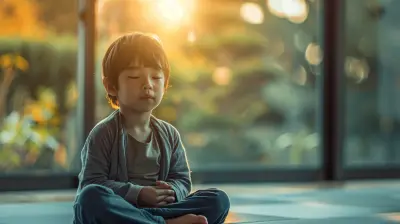
Promoting Mindfulness in Schools: A Guide for Educators